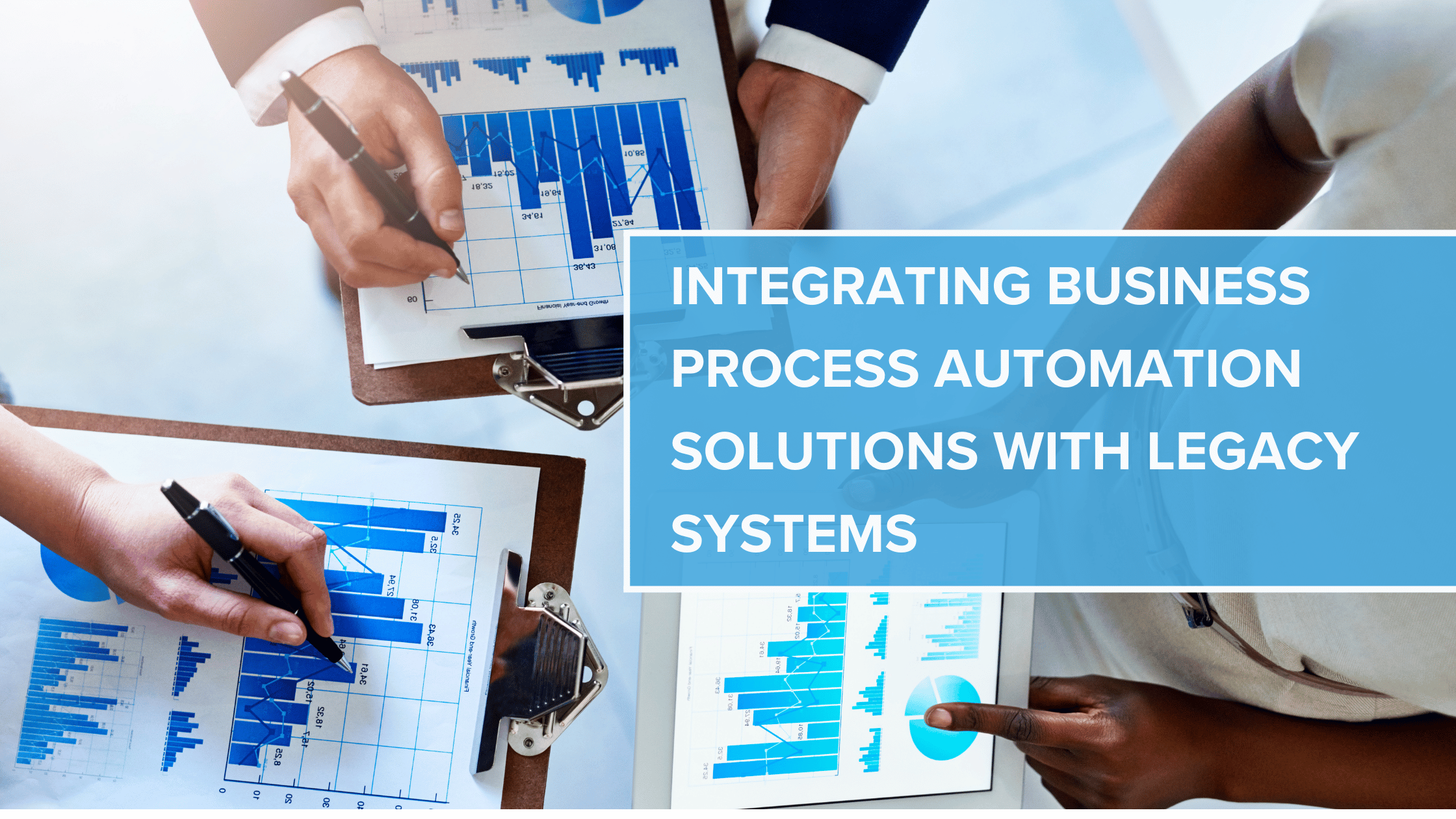Integrating Business Process Automation Solutions with Legacy Systems
Introduction:
As businesses seek to enhance efficiency and streamline operations, integrating business process automation (BPA) solutions with existing legacy systems becomes a top priority. Effective integration minimizes disruption and maximizes the benefits of automation. **Emersion** ensures smooth connectivity with a wide range of legacy systems, enabling organizations to implement automation seamlessly while preserving their existing investments in technology.
The Importance of Seamless Integration
Integrating BPA solutions with legacy systems is crucial for several reasons:
1. Preserving Existing Investments
Many organizations have significant investments in legacy systems that support their operations. Seamless integration allows businesses to leverage these existing systems while enhancing functionality through automation.
2. Minimizing Disruption
Implementing new automation solutions can be disruptive to daily operations. By ensuring smooth integration, organizations can minimize disruption and maintain productivity during the transition to automated processes.
3. Enhancing Data Flow
Integration facilitates the seamless flow of data between automated processes and legacy systems, improving data accuracy and accessibility. This enhances decision-making and operational efficiency.
4. Streamlining Workflows
By connecting BPA solutions with legacy systems, organizations can streamline workflows, reducing manual data entry and improving overall process efficiency.
5. Supporting Scalability
As organizations grow, scalable integration ensures that BPA solutions can adapt to changing business needs without requiring a complete overhaul of existing systems.
Challenges of Legacy System Integration
While integrating BPA solutions with legacy systems offers significant advantages, organizations often face challenges during the integration process:
1. Compatibility Issues
Legacy systems may use outdated technology or proprietary formats that can complicate integration with modern automation solutions.
2. Data Silos
Many organizations struggle with data silos created by disparate systems, making it challenging to ensure a smooth flow of information between automated processes and legacy systems.
3. Resource Constraints
Integrating new automation solutions with legacy systems may require dedicated resources and expertise, which can be a constraint for many organizations.
4. Resistance to Change
Employees may be hesitant to embrace new technologies, particularly if they are comfortable with existing processes. Overcoming this resistance is essential for successful integration.
5. Implementation Costs
Organizations must consider the costs associated with integration, including potential downtime, training, and system modifications.
Strategies for Successful Integration of BPA Solutions
To successfully integrate BPA solutions with legacy systems, organizations should consider the following strategies:
1. Conduct a Thorough Assessment
Begin with a comprehensive assessment of existing legacy systems to understand their capabilities, limitations, and integration needs. This evaluation will guide the integration process.
2. Choose the Right BPA Solution
Select a BPA solution that offers robust integration capabilities and is compatible with your legacy systems. Look for features that facilitate seamless data exchange.
3. Engage Stakeholders
Involve key stakeholders from different departments in the integration process. Their insights will help ensure that the integration meets the organization’s needs and encourages buy-in.
4. Provide Comprehensive Training
Offer training programs to help employees understand the new systems and processes. This support will ease the transition and reduce resistance to change.
5. Monitor and Optimize Integration
After integration, continuously monitor performance to identify areas for optimization. Regular assessments will help ensure that automated processes align with business objectives.
How Emersion Facilitates Integration with Legacy Systems
Emersion’s platform is designed to ensure smooth integration with a wide range of legacy systems. Here’s how Emersion supports organizations in this process:
1. Seamless Connectivity
Emersion provides seamless connectivity with existing legacy systems, minimizing disruptions during the implementation of BPA solutions.
2. Custom Integration Solutions
Emersion offers customizable integration solutions tailored to meet the specific needs of organizations, ensuring compatibility with various legacy technologies.
3. Comprehensive Support
Emersion’s dedicated support team assists organizations throughout the integration process, providing guidance and troubleshooting to ensure success.
4. Enhanced Data Management
Emersion’s platform facilitates improved data management by enabling real-time data exchange between automated processes and legacy systems, enhancing accuracy and efficiency.
5. Scalability for Future Growth
Emersion’s BPA solutions are designed to scale alongside organizational growth, allowing for easy adjustments as business needs evolve.
What It Means for Your Organization
- Preserve Existing Investments: Seamless integration allows organizations to leverage existing legacy systems while enhancing functionality through automation.
- Minimize Disruption: Smooth connectivity reduces the impact of implementation on ongoing operations, ensuring continued productivity.
- Streamline Workflows: Integration facilitates the flow of data between automated processes and legacy systems, improving overall efficiency.
- Support Scalability: Flexible integration solutions allow organizations to adapt to changing business needs without compromising existing systems.
- Enhance Decision-Making: Improved data accessibility leads to better decision-making and operational performance.
Real-World Example: Integrating Emersion with Legacy Systems
A financial institution faced challenges in integrating new automation solutions with its legacy systems. By partnering with Emersion, the organization successfully connected its BPA solutions with existing technologies, minimizing disruption and enhancing operational efficiency. The result was a streamlined workflow and improved data accuracy across processes.
Call-to-Action
Is your organization ready to integrate business process automation solutions with legacy systems effectively? Emersion offers specialized solutions designed to ensure smooth connectivity and enhance operational efficiency. Contact us today to learn how Emersion can support your integration efforts.
Questions for Reflection
- What specific challenges does your organization face in integrating new automation solutions with legacy systems?
- How can you ensure that your existing systems are compatible with potential BPA solutions?
- What support and training will be necessary to facilitate a smooth transition for your team?
- How will you measure the success of the integration once implemented?
- Are you prepared to address potential resistance to change among employees during the integration process?
Learn more about Emersion’s business process automation solutions and how they can help your organization achieve seamless integration with legacy systems.

